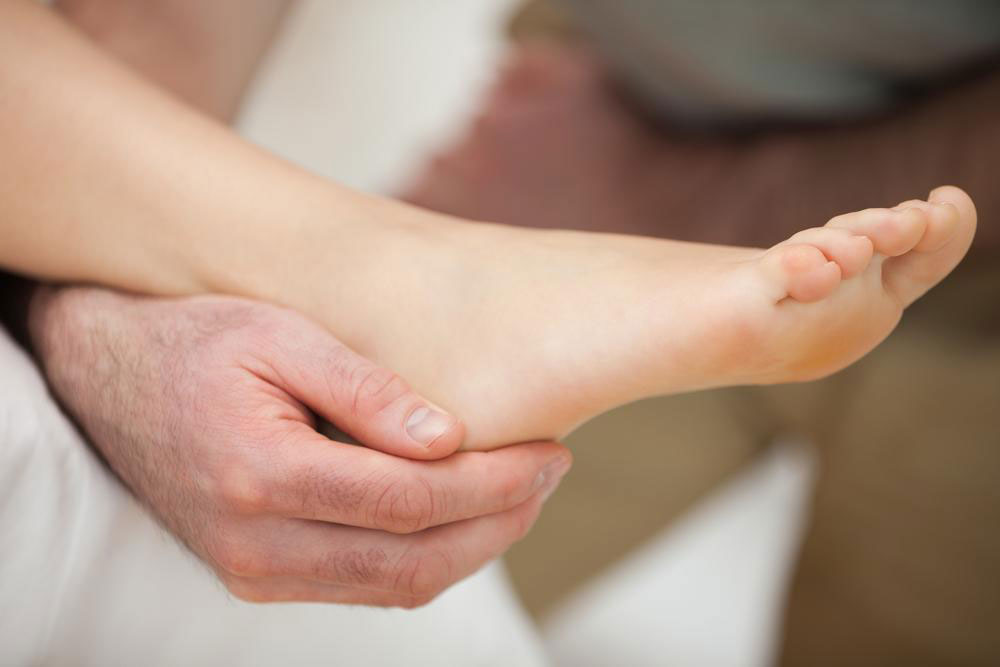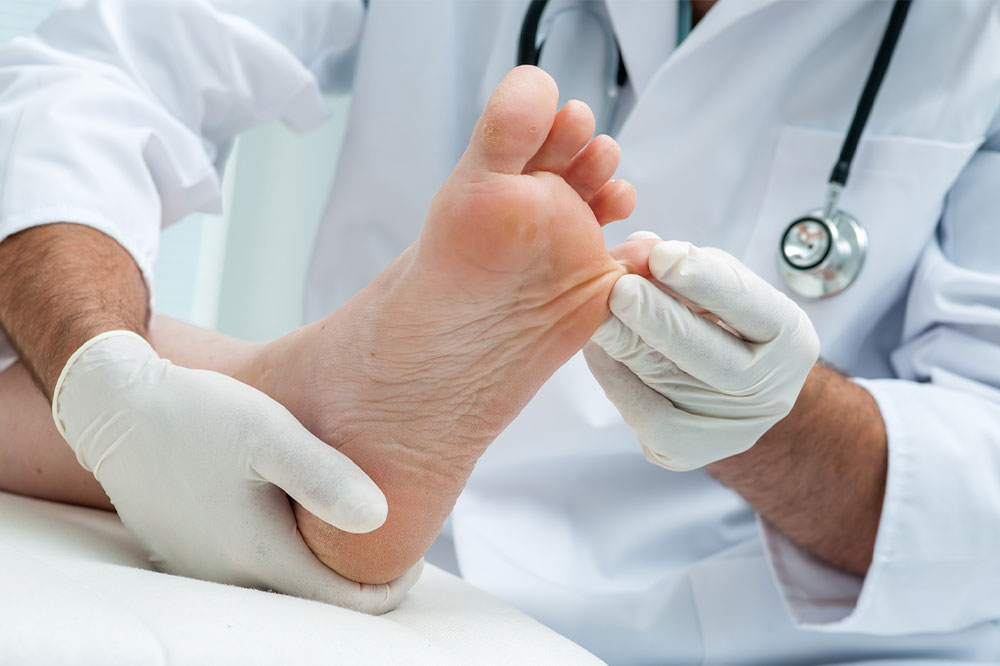Identifying Common Indicators of Fatty Liver Disease
This article offers a comprehensive overview of the common symptoms and detection methods of fatty liver disease. Recognizing early signs like abdominal swelling, fatigue, and skin changes is essential for timely diagnosis. Lifestyle modifications and medical interventions can effectively manage or reverse the condition, preventing severe complications. Regular checkups and awareness are key to maintaining liver health and preventing progression to advanced stages such as cirrhosis or liver failure.

Identifying Common Indicators of Fatty Liver Disease
Fatty liver disease (FLD) is a persistent condition characterized by excessive fat accumulation in the liver. This vital organ supports functions such as metabolism, detoxification, protein production, nutrient storage, and bile secretion. While poor lifestyle habits often contribute to FLD, it can also affect individuals with a family history or underlying conditions like type 2 diabetes, high blood sugar, or insulin resistance.
Symptoms of Fatty Liver Disease Recognizing early symptoms can facilitate prompt diagnosis and management.
Abdominal Swelling One of the most prevalent symptoms in both men and women is abdominal bloating.
Unexplained persistent swelling around the abdomen, known as ascites, indicates fluid buildup in the abdominal cavity. This occurs when excess fluid accumulates between the tissues covering abdominal organs like the stomach, intestines, and liver. Symptoms include a feeling of fullness or discomfort on the upper right side of the abdomen, even without lifestyle changes.
Swelling in Feet, Ankles, and Legs Fluid retention can cause swelling in the lower extremities, leading to edema, which may also affect the face or hands if untreated.
Difficulty Breathing Fluid buildup may impact heart and lung functions, leading to shortness of breath.
Extreme Fatigue The pressure on organs caused by fat accumulation often results in exhaustion and weakness, even after minimal activity.
Bleeding in Digestive Tract Advanced FLD can cause bleeding from the stomach, esophagus, or rectum, often detected during routine exams.
Skin Changes Symptoms such as itchy skin, red palms, jaundice (yellowing of skin and eyes), or spider-like blood vessels beneath the skin may appear if the condition progresses untreated.
Other signs include enlarged breasts in men, nausea, splenomegaly, muscle loss, decreased appetite, and mental confusion.
Symptom Variations Depending on Disease Type Different types of fatty liver disease may present distinct signs.
Nonalcoholic steatohepatitis (NASH) Often leads to cirrhosis, causing internal bleeding, muscle wasting, cognition issues, and potential liver failure requiring transplantation.
Nonalcoholic fatty liver disease (NAFLD) Characterized by fat deposits without tissue damage; symptoms may be absent. Conditions like thyroid issues or metabolic syndrome increase risk.
Detection Methods for FLD Since FLD can be asymptomatic in early stages, it is often diagnosed during routine checks through blood tests, ultrasound, MRI, or liver biopsy. Early detection is crucial to prevent permanent damage or cirrhosis.
Management involves lifestyle modifications such as healthy diet, regular exercise, controlling cholesterol and blood sugar levels, and medical treatment if necessary. Prompt diagnosis and intervention can reverse or halt disease progression.










